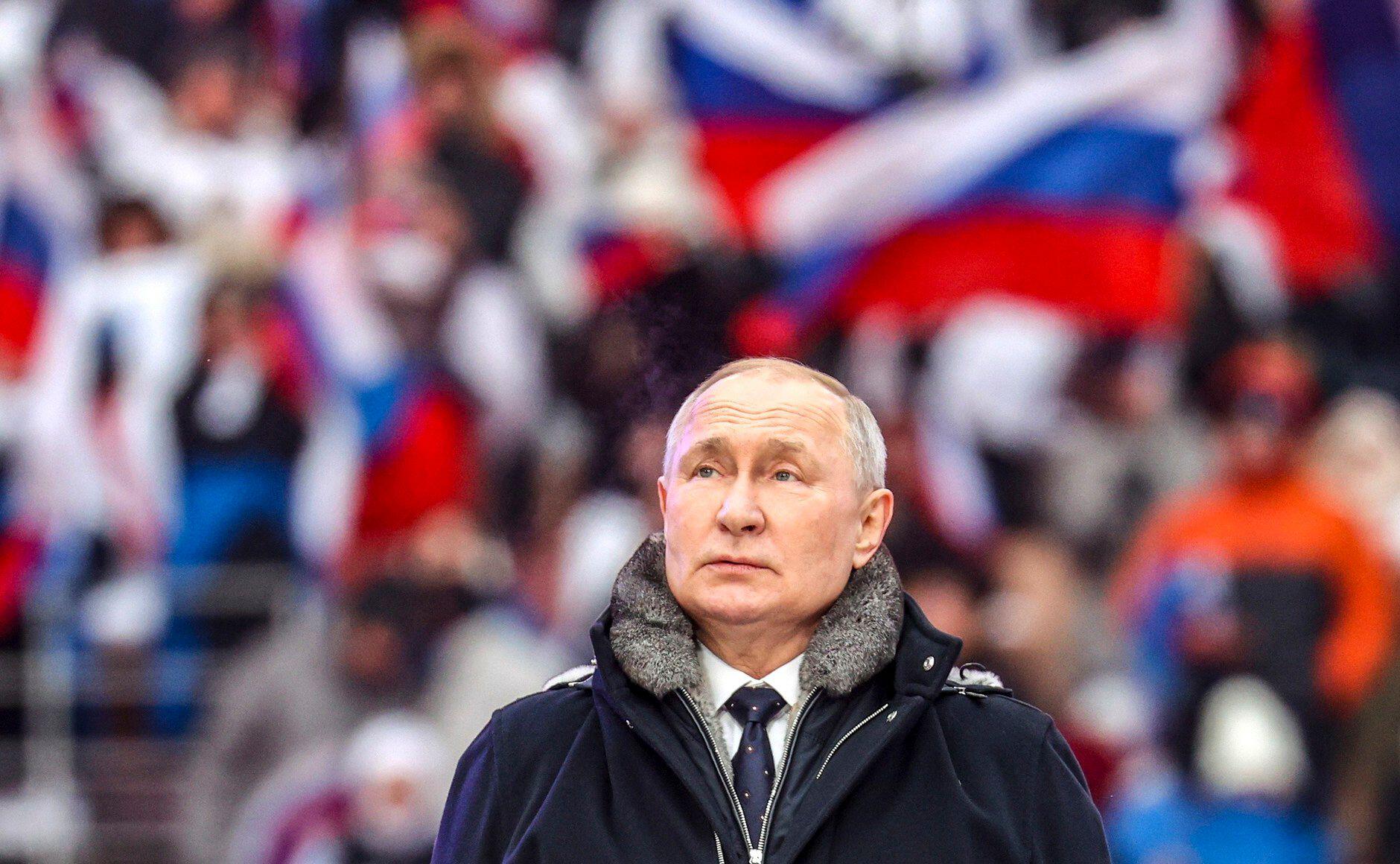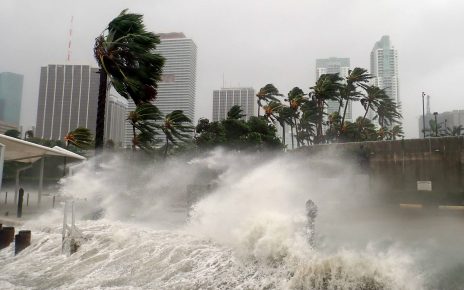
Russian President Vladimir Putin’s calamitous invasion of Ukraine has killed at least tens of thousands, displaced millions, and disrupted countless lives around the globe. Putin’s implied threats to use nuclear weapons against any who would interfere, have also raised fears of a nuclear conflict in ways not seen since the end of the cold war.
Now, Putin is backing away from the last remaining bilateral treaty capping Russian and U.S. nuclear arsenals, the world’s two largest. The decision could open the door to an unconstrained, destabilizing and dangerous global arms race involving Russia, the United States and China.
Putin announced on February 21 that Russia will “suspend” implementation of the 2010 New Strategic Arms Reduction Treaty (New START), which limits each side to no more than 1,550 deployed warheads and 700 deployed missiles and bombers. Immediately after Biden came into office, the two had agreed that it was in both countries’ interests to extend New START for five more years to 2026.
“Suspension” means at minimum that Russia will not make the biannual declarations of warhead deployments or allow the mutual on-site spot checks at missile and bomber sites required under the treaty. Halting these inspections and data exchanges is not allowed for under the treaty. Russia has meanwhile outlined shifting and vague terms for reversing its suspension and reengaging in arms control talks with the U.S. The Russian Ministry of Foreign Affairs says the U.S. government must demonstrate “political will” and “honest efforts towards general de-escalation and the creation of conditions for resuming the comprehensive operation of the Treaty.” The U.S. State Department responded in detail on February 27 to Russian complaints about the operation of New START.
Importantly, however, Russia’s Foreign Ministry has stated that Russia will abide by the central limits set by the treaty (no more than 700 strategic ballistic missiles and bombers deployed with 1,550 strategic warheads).
Putin’s announcement makes it far more likely that, after New START expires in 2026, for the first time since 1972, there will be no agreement limiting U.S. and Russian strategic nuclear arsenals.
Without such constraints, Russia (and the U.S.) could within a couple of years double their deployed strategic warheads to 3,000 or more by uploading additional warheads on their land- and sea-based missiles. In the longer term, lost transparency, worst-case analyses on both sides plus the added complication that China is already building up its arsenal could drive a senseless and unstable three-way nuclear arms race.
The Biden administration has responded with prudence and restraint. The president has described Putin’s decision as “a big mistake.” Already last August, he announced that his administration “is ready to expeditiously negotiate a new arms control framework to replace New START when it expires in 2026.” After Putin’s announcement, Secretary of State Antony Blinken reaffirmed that the United States remains “ready to talk about strategic arms limitations at any time with Russia irrespective of anything else going on in the world or in our relationship.”
Despite the headwinds, there is still time and opportunity to prevent a bad situation from getting far worse. With smart U.S. leadership and international pressure, it could be possible, at a minimum, to secure a formal U.S.-Russian agreement that both sides will respect the central limits set by New START until such time as the two governments can conclude negotiations on a new, bilateral nuclear arms control framework. Such a framework would, of course, need to consider each side’s long-range, intermediate-range, and short-range (aka tactical) nuclear arsenals and their missile defense capabilities.
It is encouraging that many members of Congress support such an approach. But others are already calling for the U.S. to step away from New START, prepare to increase the size of the U.S. nuclear arsenal, and develop new types of nuclear weapons, such as a proposed nuclear-armed, sea-launched, land-attack cruise missile. Some outside commentators are even calling for the U.S. to withdraw from New START before Russia does.
U.S. withdrawal from New START would neither make America safer nor create leverage regarding Russia. Instead, it would lend credence to Russia’s disinformation campaign about who is at fault for the breakdown of nuclear arms control and further escalate tensions. If the U.S. (and Russia) broke out of New START limits, China would also undoubtedly accelerate its own nuclear buildup beyond its current stockpile of about 400 warheads to ensure it maintains its nuclear retaliatory capabilities.
Because there are no winners in a costly nuclear arms race, people across the political spectrum, including the scientific community, have an important role and responsibility to push back against any threats of nuclear weapons use by Russia or any other nuclear-armed state and to press for a renewal of disarmament diplomacy. A broad network of civil society organizations, including the Physicists Coalition for Nuclear Threat Reduction, of which we are members, is already engaged in the effort.
Non–nuclear weapon states, no matter their position on Russia’s war on Ukraine, also have an opportunity to push for the Kremlin to comply with New START and for both Russia and the U.S. to meet their nuclear disarmament responsibilities by agreeing to negotiate new—and ideally much lower—limits on the world’s two largest nuclear arsenals; these states also can persuade China, France and the U.K. to agree to refrain from building up their arsenals.
The 1968 Nuclear Nonproliferation Treaty (NPT) requires the nuclear-weapon states to “pursue negotiations in good faith on effective measures relating to cessation of the nuclear arms race at an early date and to nuclear disarmament.” Russia and the U.S., which possess about 90 percent of the world’s approximately 10,000 nuclear warheads, have a special responsibility, and mutual interest, to constrain and reduce their deadly arsenals.
A world without effective nuclear arms control and disarmament would be much more dangerous and unstable. Now is the time to defend the nuclear reductions made since the end of the cold war and to push for deeper nuclear cuts.
This is an opinion and analysis article, and the views expressed by the author or authors are not necessarily those of Scientific American.


